1. Mihalik CA. Long term follow-up of Class II adults treated with orthodontic camouflage: a comparison with orthognathic surgery outcomes [thesis]. Chapel Hill: University of North Carolina;2002.
2. Proffit WR, Fields HW. Contemporary orthodontics. 3rd ed. St. Louis: Mosby;2000. p. 273.
3. Yared KF, Zenobio EG, Pacheco W. Periodontal status of mandibular central incisors after orthodontic proclination in adults. Am J Orthod Dentofacial Orthop. 2006; 130:6.e1–6.e8. PMID:
16849063.

4. Ten Hoeve A, Mulie RM. The effect of antero-postero incisor repositioning on the palatal cortex as studied with laminagraphy. J Clin Orthod. 1976; 10:804–822. PMID:
1069732.
5. Handelman CS. The anterior alveolus: its importance in limiting orthodontic treatment and its influence on the occurrence of iatrogenic sequelae. Angle Orthod. 1996; 66:95–109. PMID:
8712499.
6. Mulie RM, Hoeve AT. The limitations of tooth movement within the symphysis, studied with laminagraphy and standardized occlusal films. J Clin Orthod. 1976; 10:882–893. PMID:
1074868.
7. Gracco A, Luca L, Bongiorno MC, Siciliani G. Computed tomography evaluation of mandibular incisor bony support in untreated patients. Am J Orthod Dentofacial Orthop. 2010; 138:179–187. PMID:
20691359.

8. Tsunori M, Mashita M, Kasai K. Relationship between facial types and tooth and bone characteristics of the mandible obtained by CT scanning. Angle Orthod. 1998; 68:557–562. PMID:
9851354.
9. Kohakura S, Kasai K, Ohno I, Kanazawa E. Relationship between maxillofacial morphology and morphological characteristics of vertical sections of the mandible obtained by CT scanning. J Nihon Univ Sch Dent. 1997; 39:71–77. PMID:
9293703.

10. Swasty D, Lee J, Huang JC, Maki K, Gansky SA, Hatcher D, et al. Cross-sectional human mandibular morphology as assessed in vivo by cone-beam computed tomography in patients with different vertical facial dimensions. Am J Orthod Dentofacial Orthop. 2011; 139(4 Suppl):e377–e389. PMID:
21435546.

11. Huang J, Bumann A, Mah J. Three-dimensional radiographic analysis in orthodontics. J Clin Orthod. 2005; 39:421–428. PMID:
16100415.
12. Yamada C, Kitai N, Kakimoto N, Murakami S, Furukawa S, Takada K. Spatial relationships between the mandibular central incisor and associated alveolar bone in adults with mandibular prognathism. Angle Orthod. 2007; 77:766–772. PMID:
17685772.

13. Fuhrmann R. Three-dimensional interpretation of periodontal lesions and remodeling during orthodontic treatment. Part III. J Orofac Orthop. 1996; 57:224–237. PMID:
8765798.
14. Fuhrmann RA, Wehrbein H, Langen HJ, Diedrich PR. Assessment of the dentate alveolar process with high resolution computed tomography. Dentomaxillofac Radiol. 1995; 24:50–54. PMID:
8593909.

15. Vandenberghe B, Jacobs R, Yang J. Detection of periodontal bone loss using digital intraoral and cone beam computed tomography images: an in vitro assessment of bony and/or infrabony defects. Dentomaxillofac Radiol. 2008; 37:252–260. PMID:
18606746.
16. Davidian EJ. Use of a computer model to study the force distribution on the root of the maxillary central incisor. Am J Orthod. 1971; 59:581–588. PMID:
5280425.

17. Christiansen RL, Burstone CJ. Centers of rotation within the periodontal space. Am J Orthod. 1969; 55:353–369. PMID:
5251429.

18. Ellis E 3rd, McNamara JA Jr. Cephalometric evaluation of incisor position. Angle Orthod. 1986; 56:324–344. PMID:
3466560.
19. Garib DG, Yatabe MS, Ozawa TO, Filho OGS. Alveolar bone morphology under the perspective of the computed tomography: Defining the biological limits of tooth movement. Dental Press J Orthod. 2010; 15:192–205.
20. Schudy FF. The rotation of the mandible resulting from growth: its implications in orthodontic treatment. Angle Orthod. 1965; 35:36–50. PMID:
14258830.
21. Bjork A. Variations in the growth pattern of the human mandible: longitudinal radiographic study by the implant method. J Dent Res. 1963; 42:400–411. PMID:
13971295.

22. Nielsen IL. Vertical malocclusions: etiology, development, diagnosis and some aspects of treatment. Angle Orthod. 1991; 61:247–260. PMID:
1763835.
23. Nauert K, Berg R. Evaluation of labio-lingual bony support of lower incisors in orthodontically untreated adults with the help of computed tomography. J Orofac Orthop. 1999; 60:321–334. PMID:
10546415.

24. Misch KA, Yi ES, Sarment DP. Accuracy of cone beam computed tomography for periodontal defect measurements. J Periodontol. 2006; 77:1261–1266. PMID:
16805691.





 PDF
PDF ePub
ePub Citation
Citation Print
Print


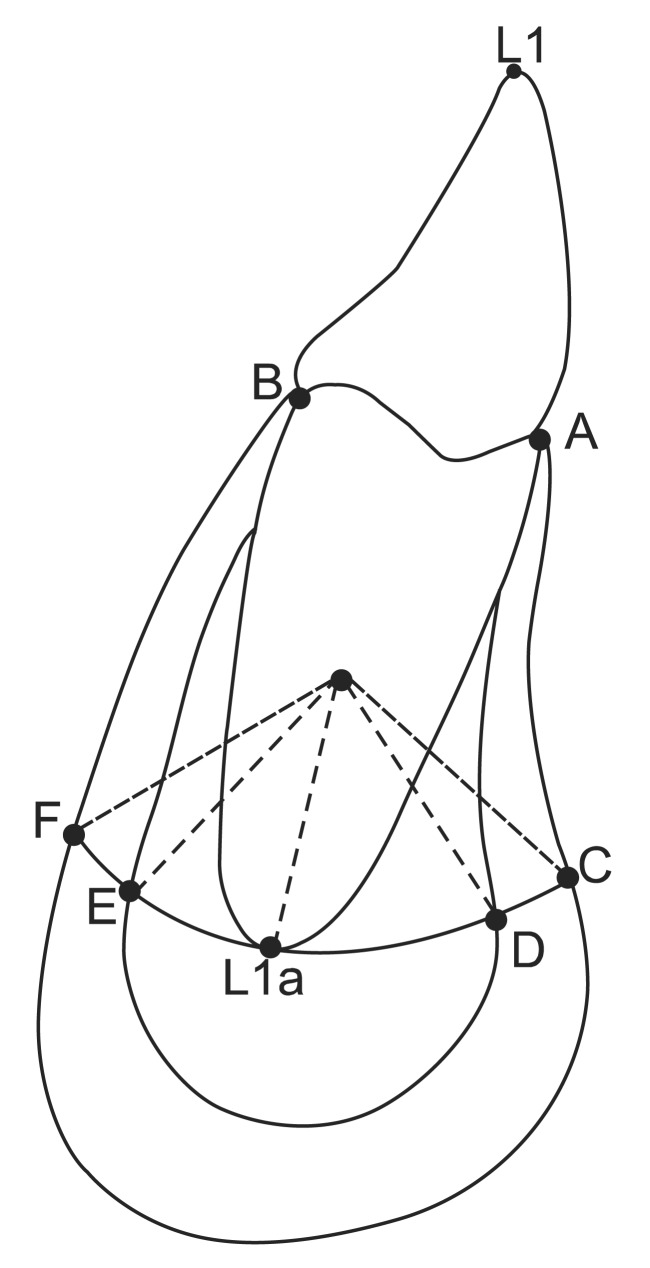

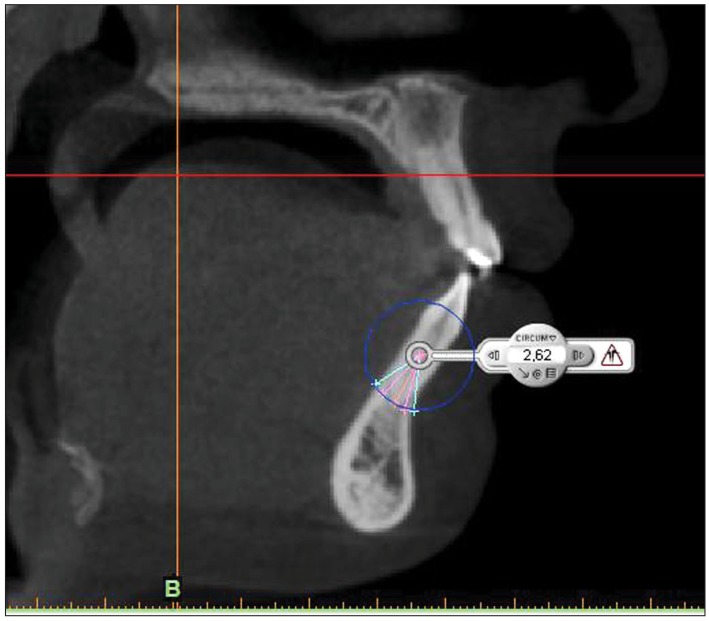
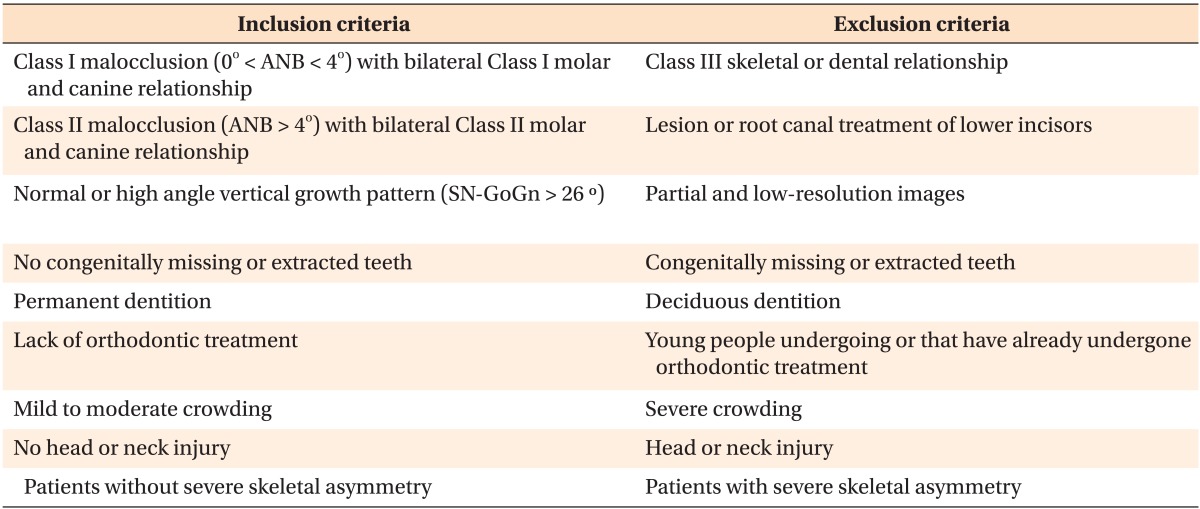
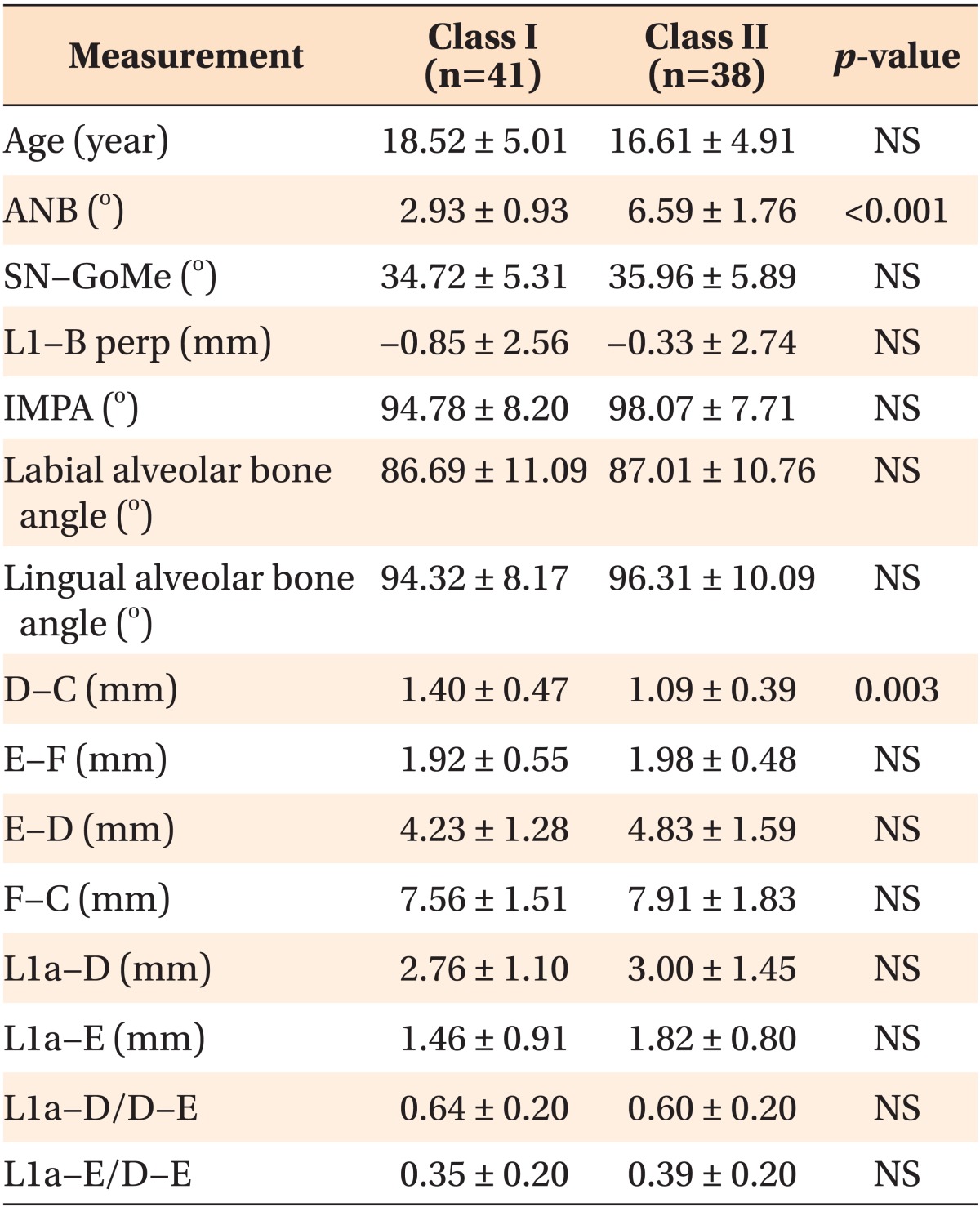
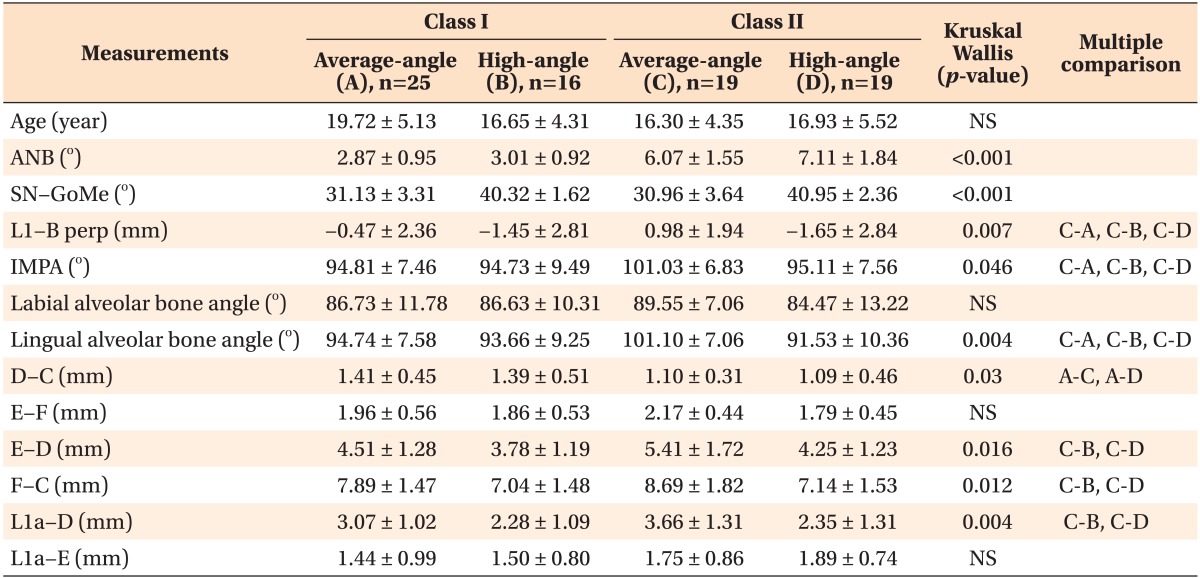
 XML Download
XML Download